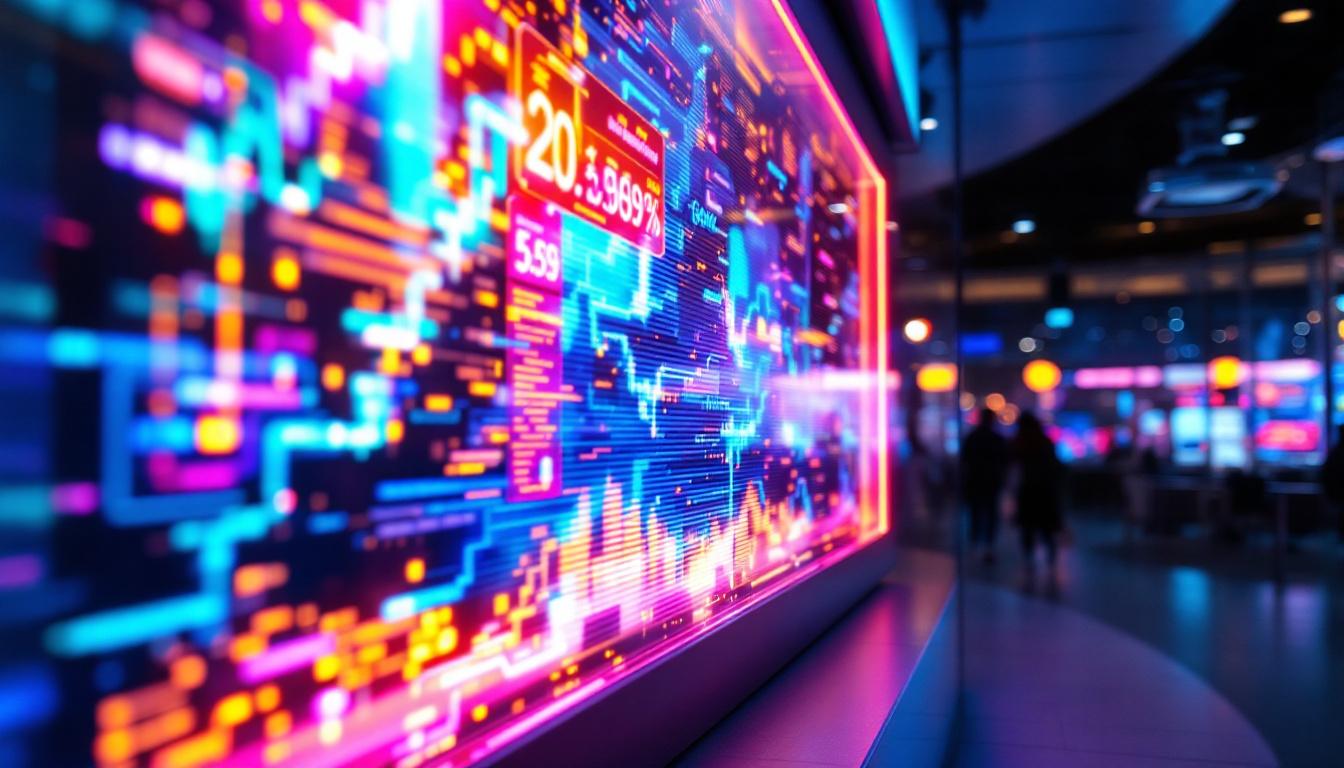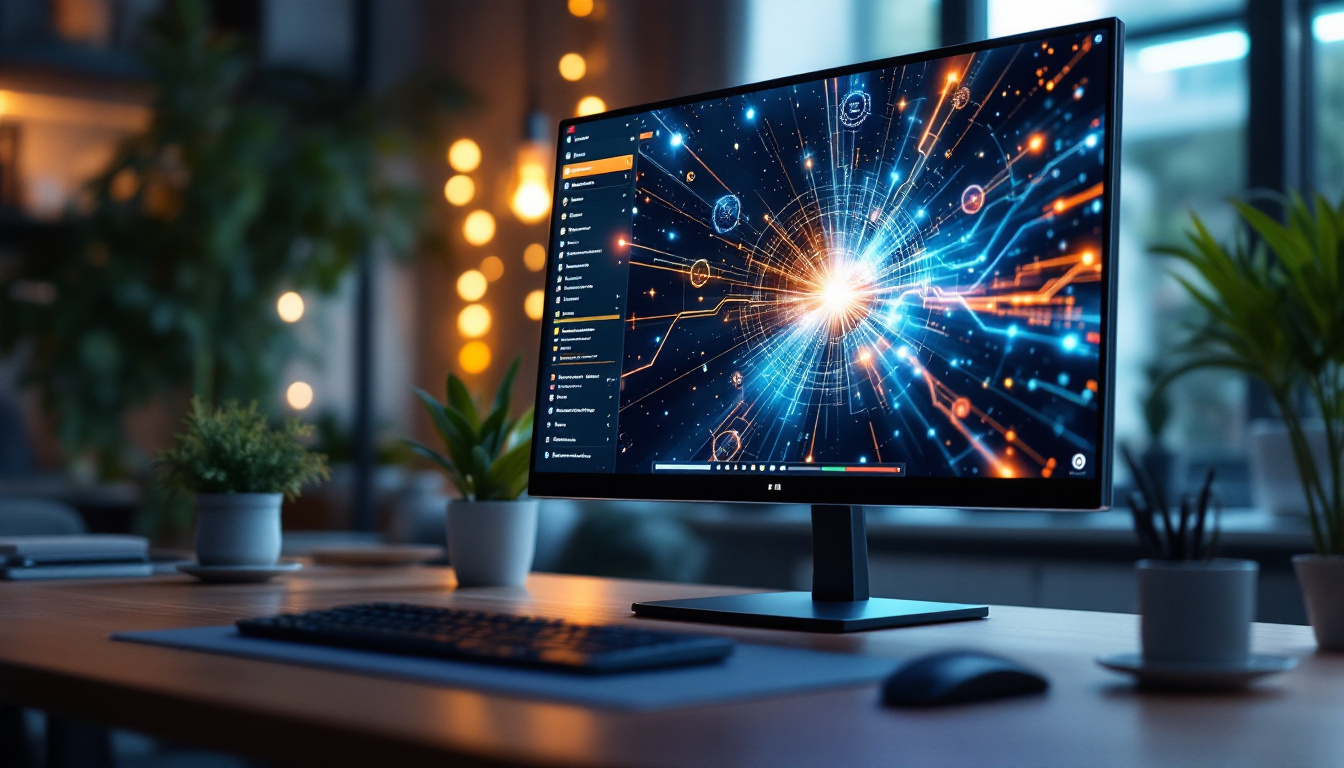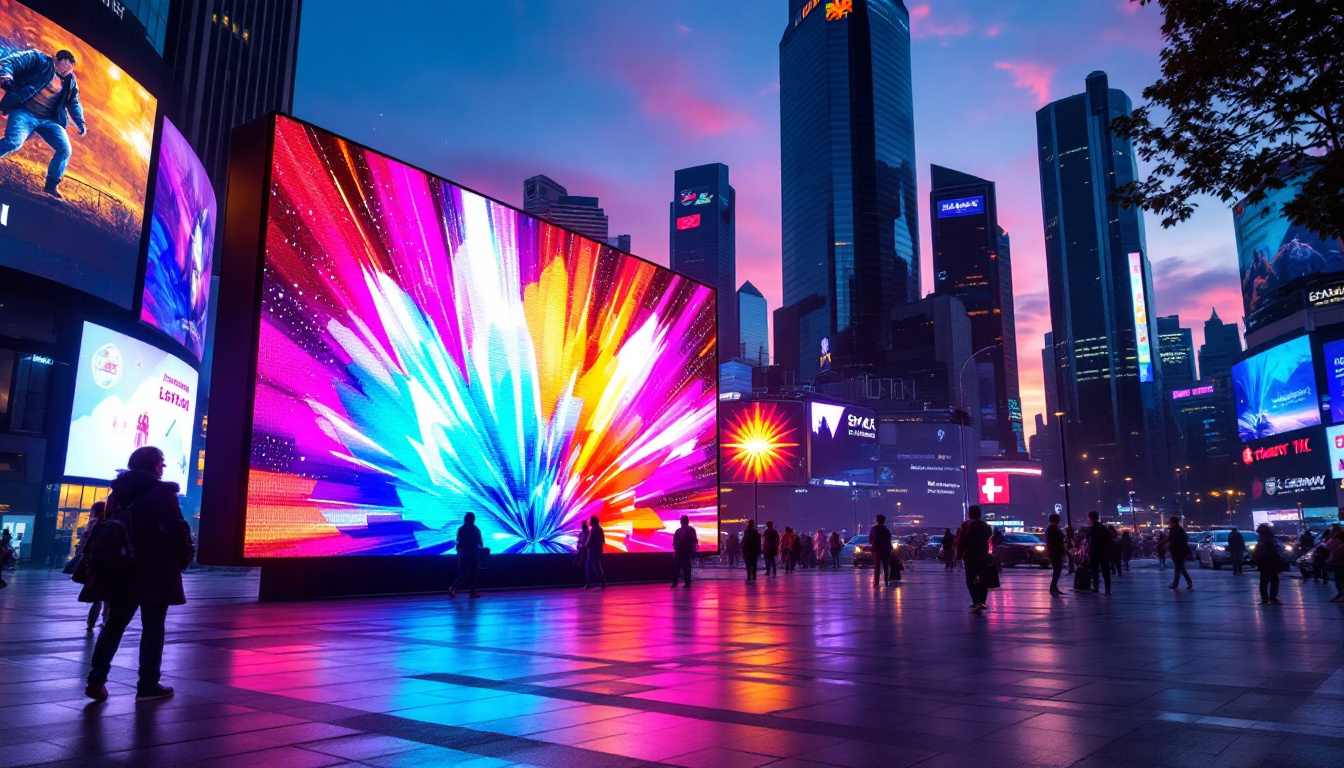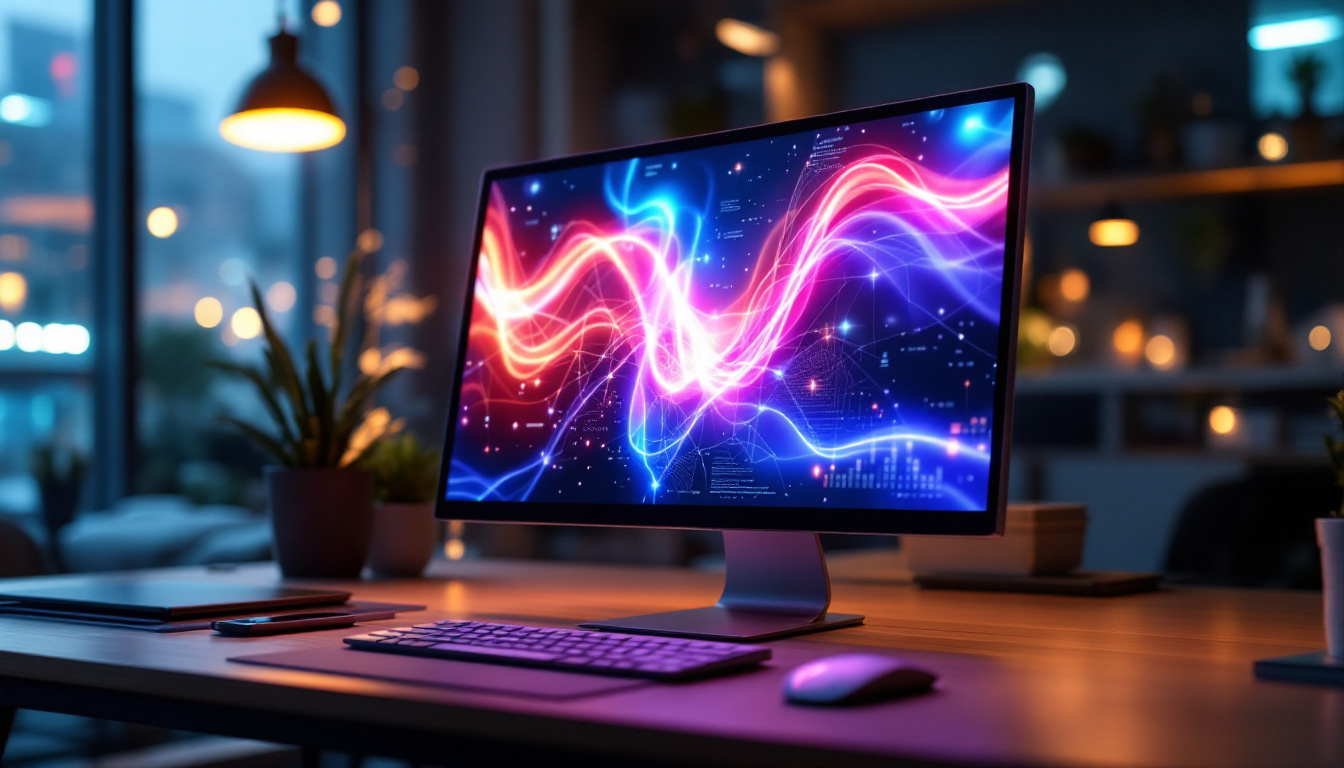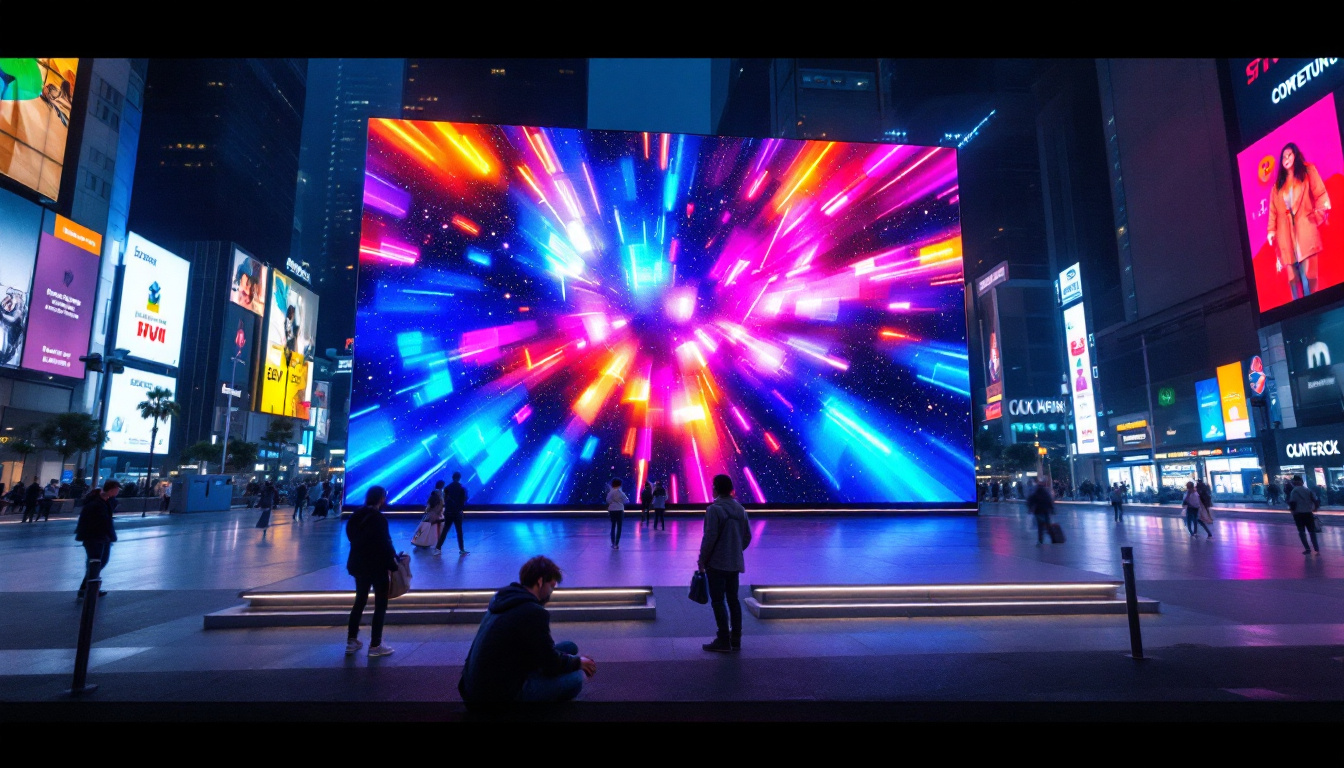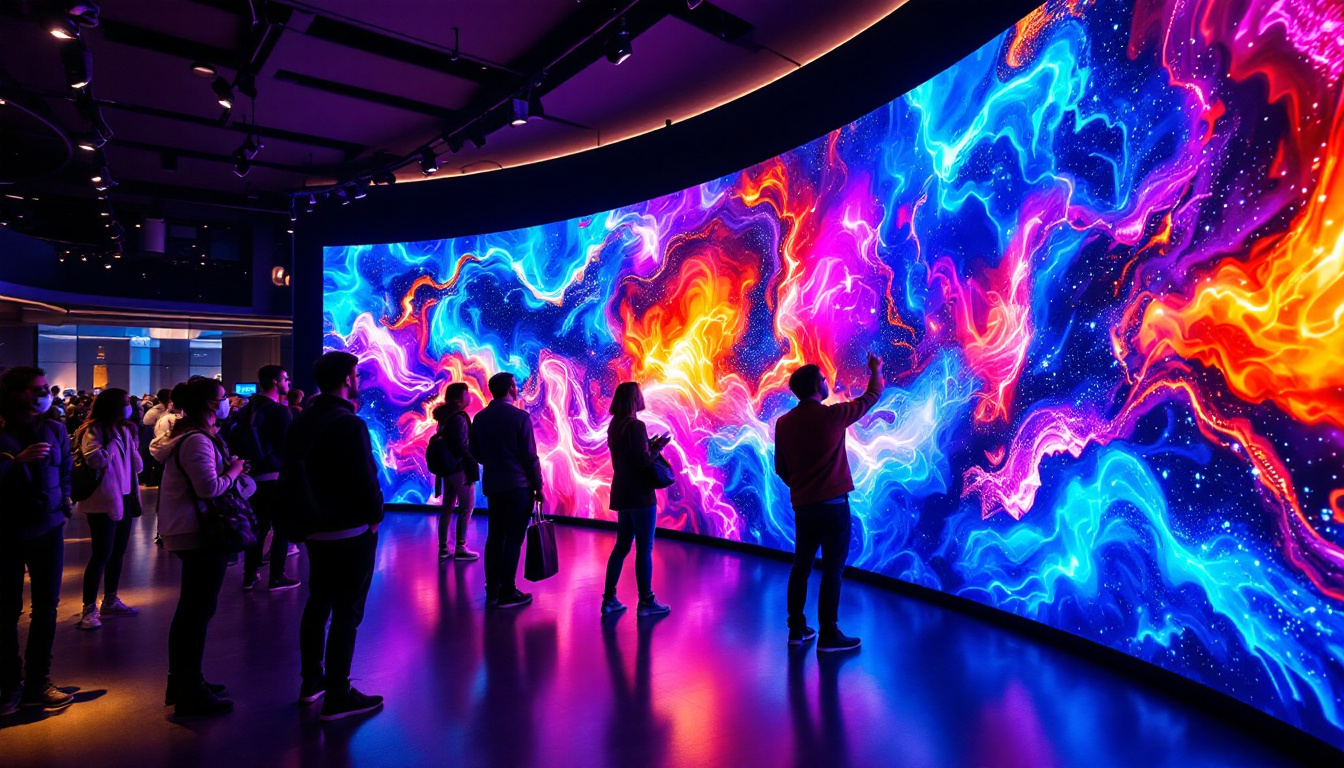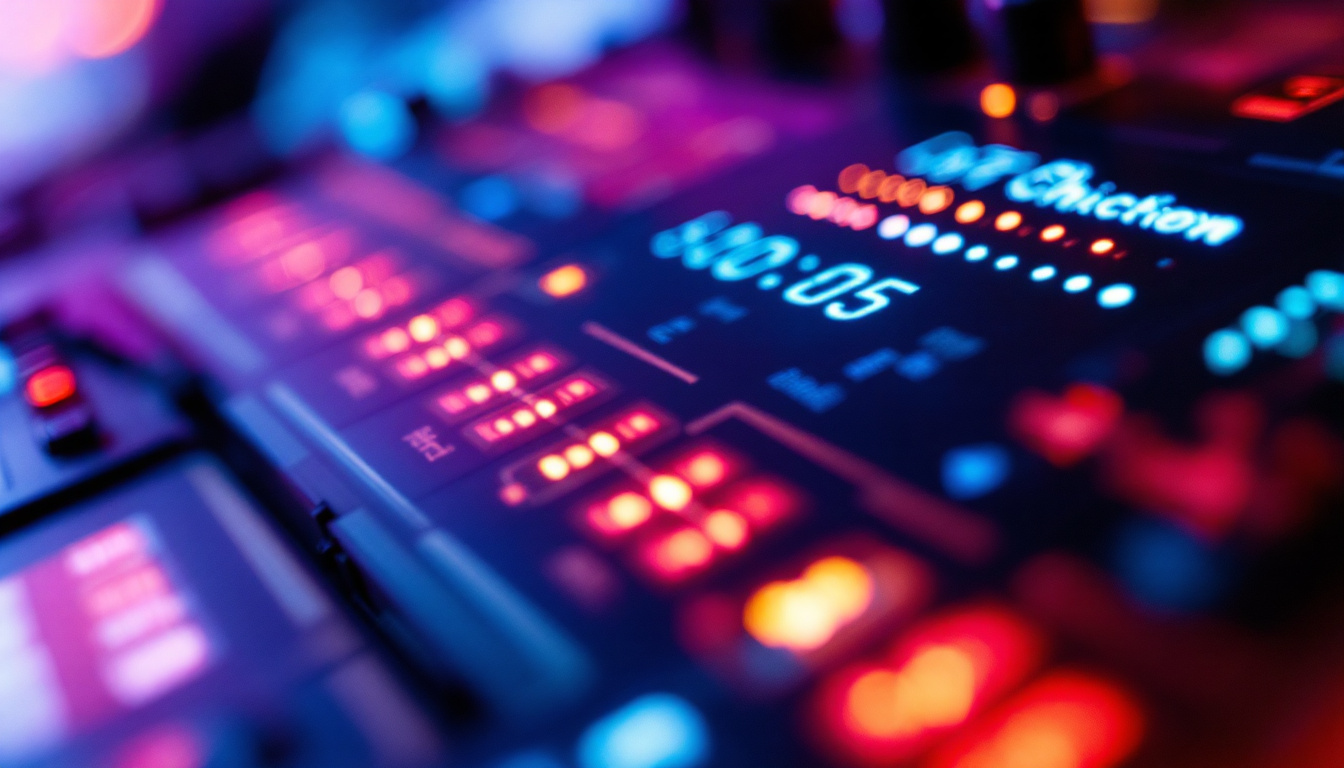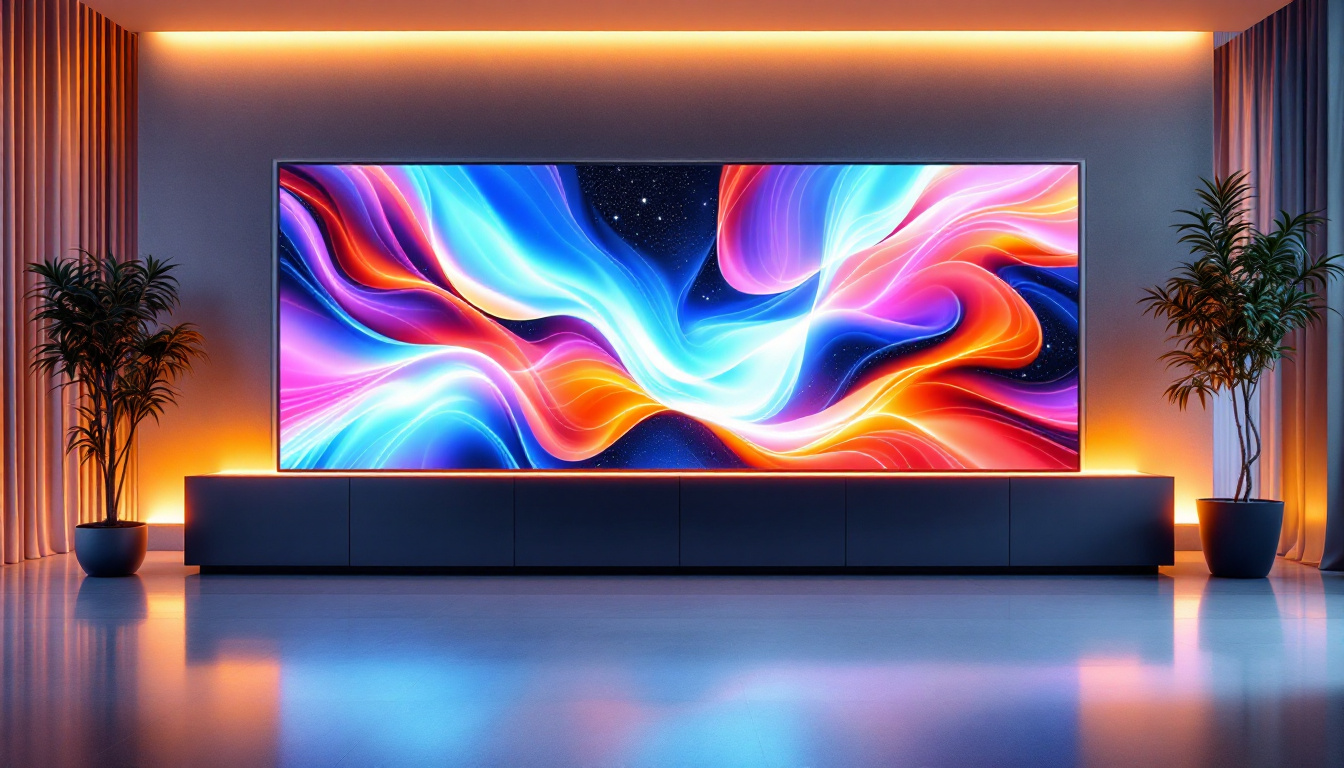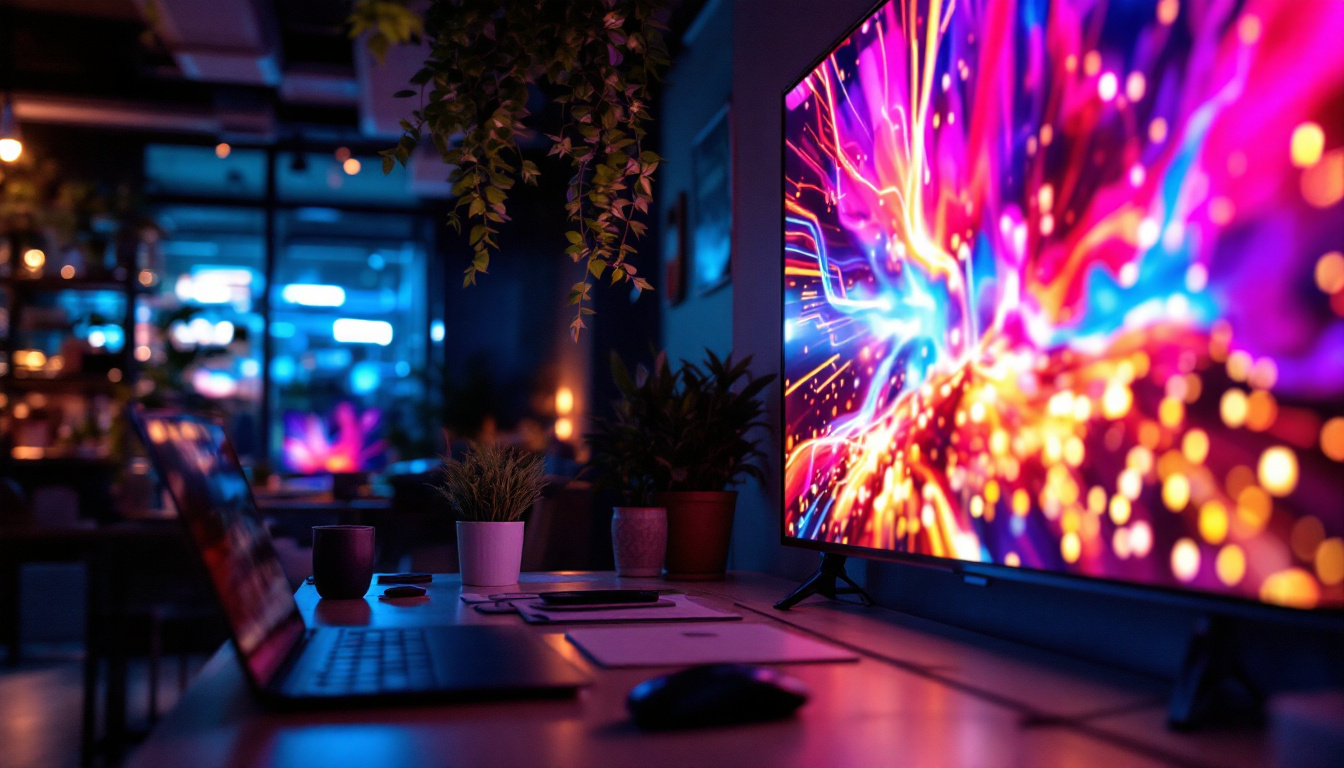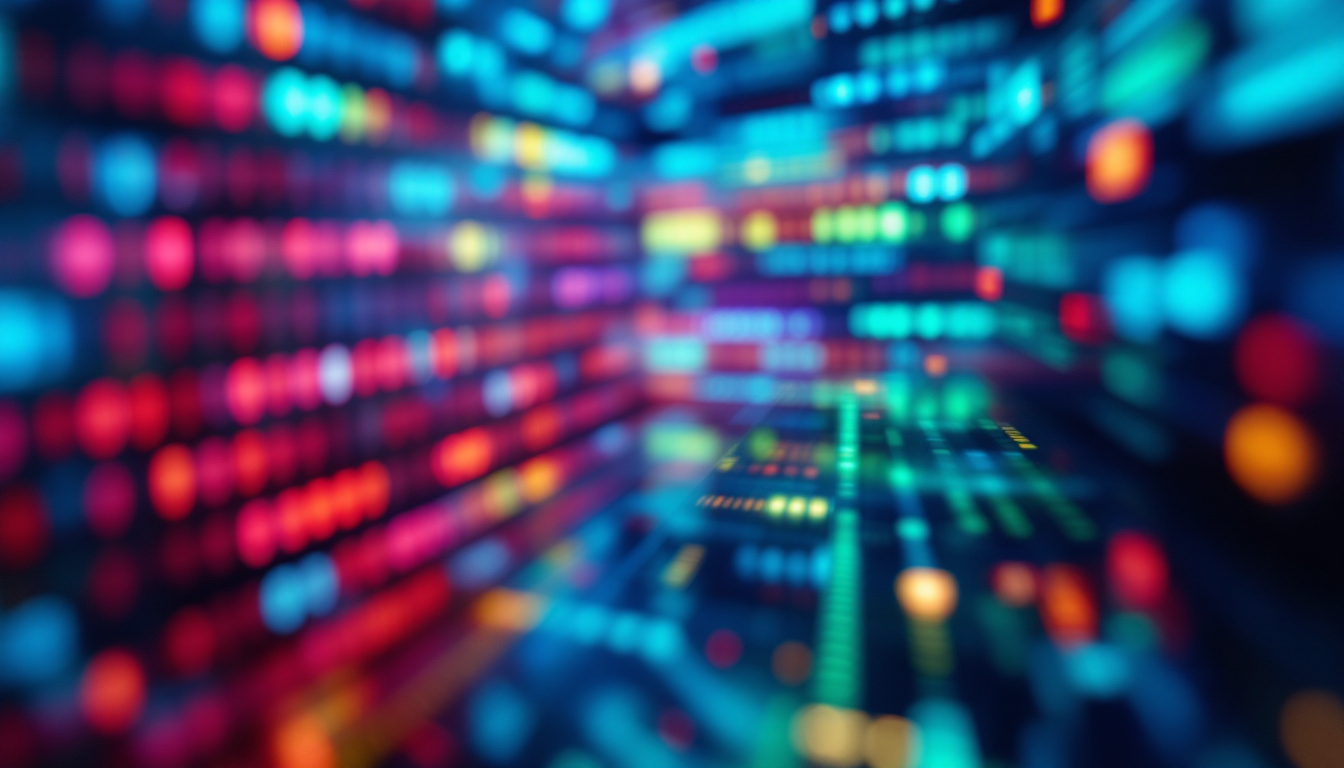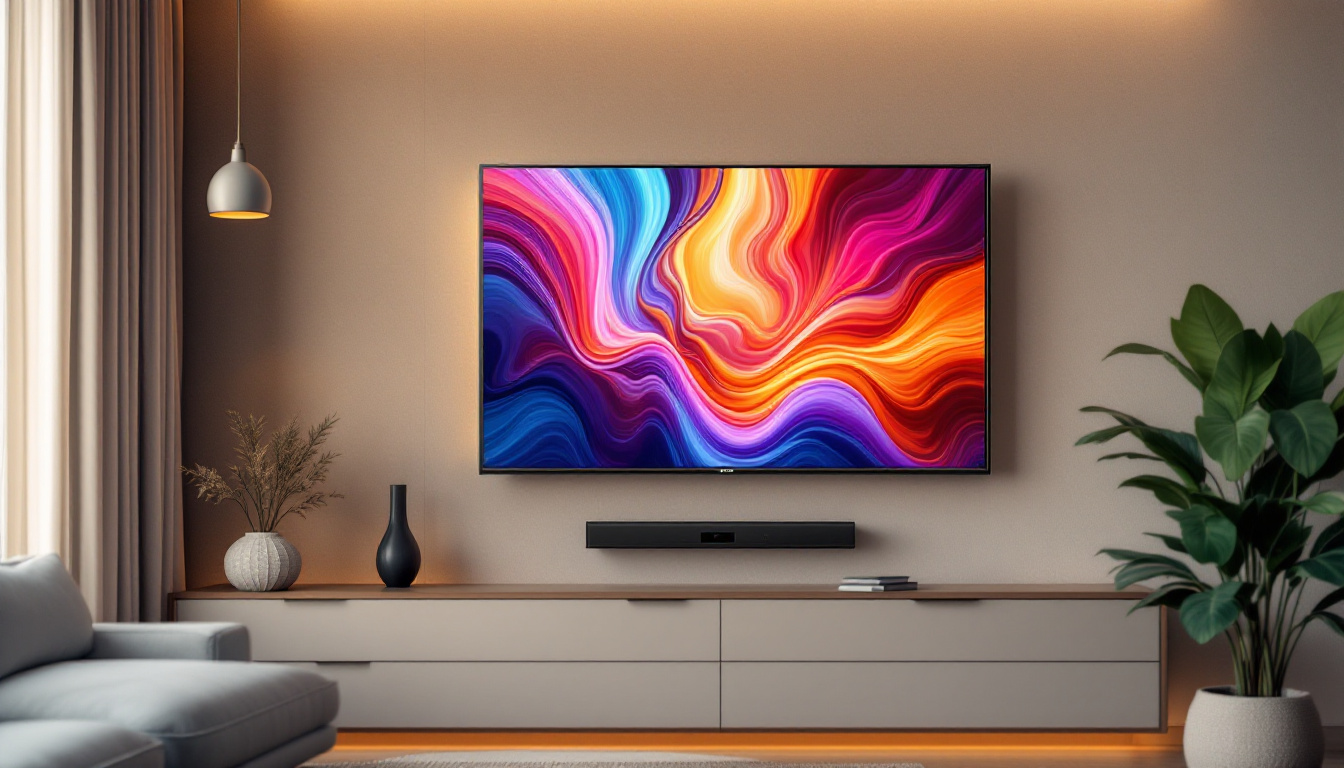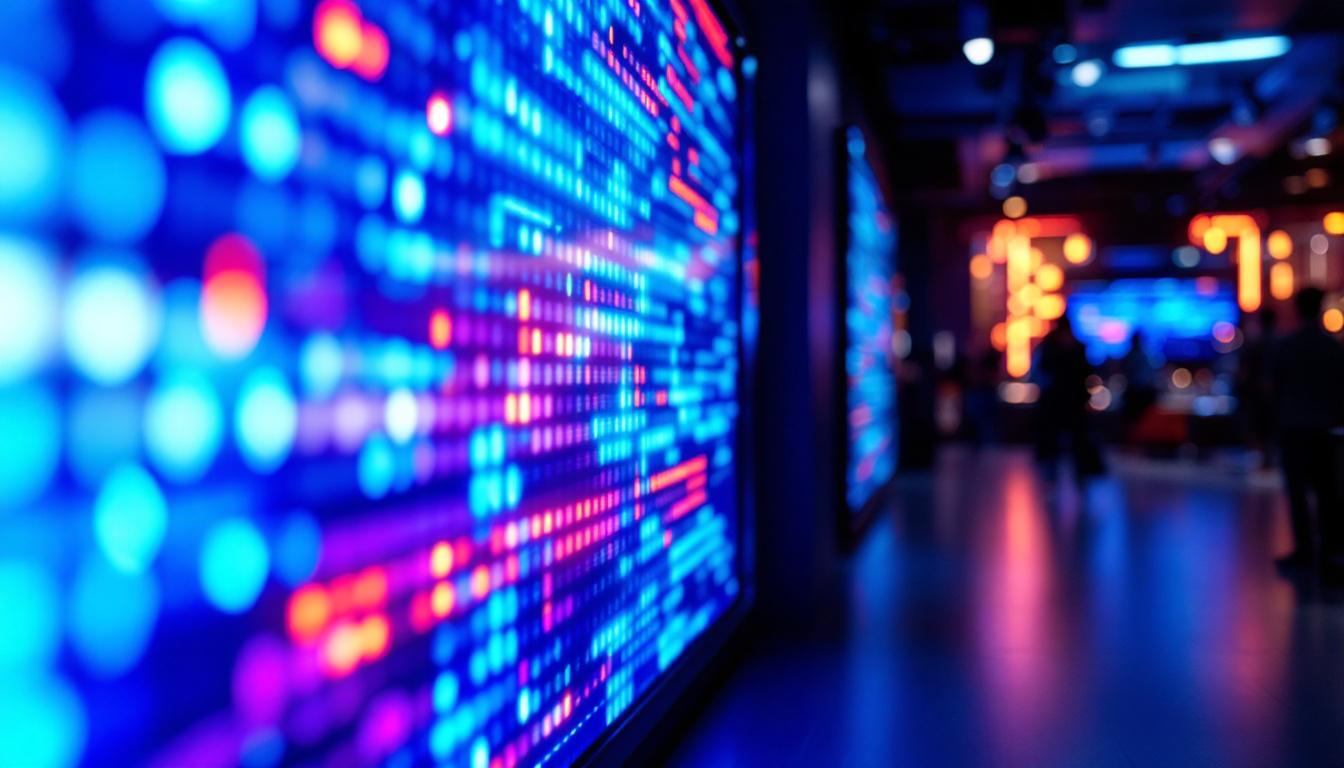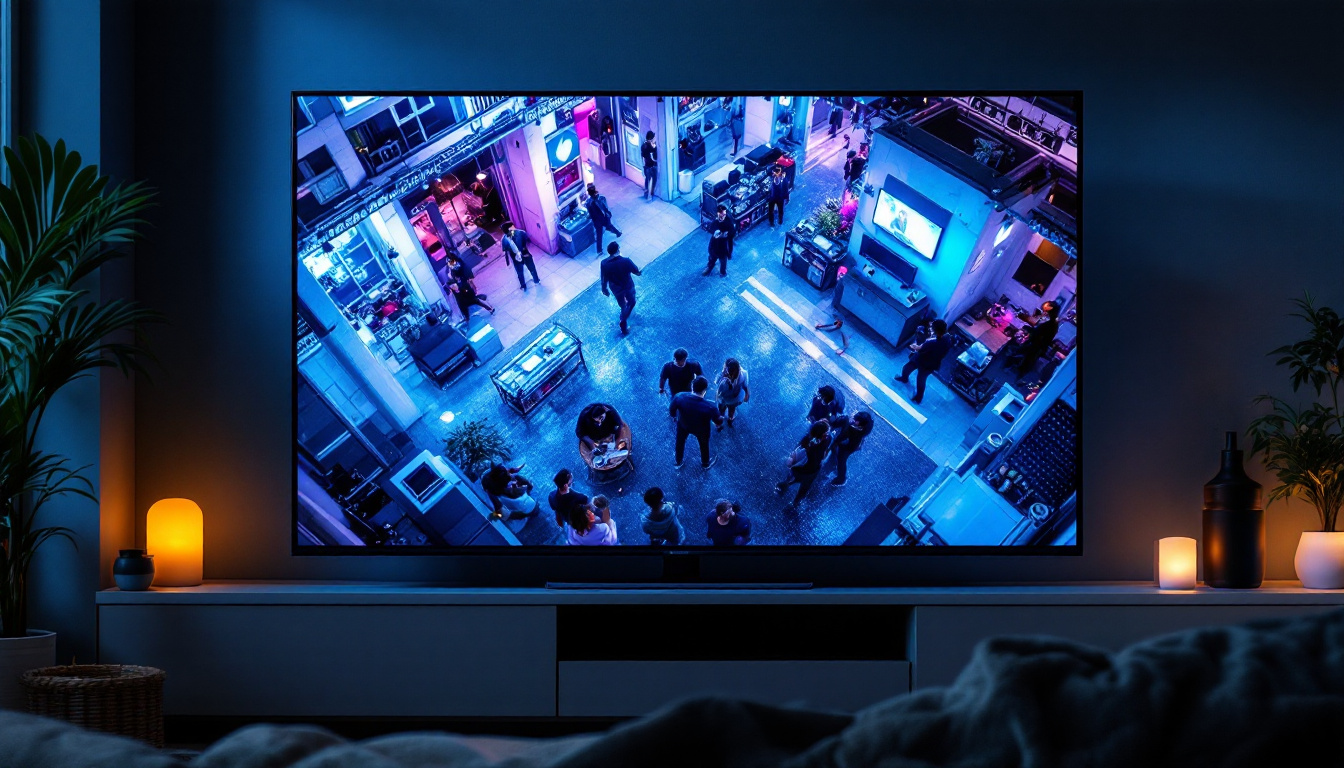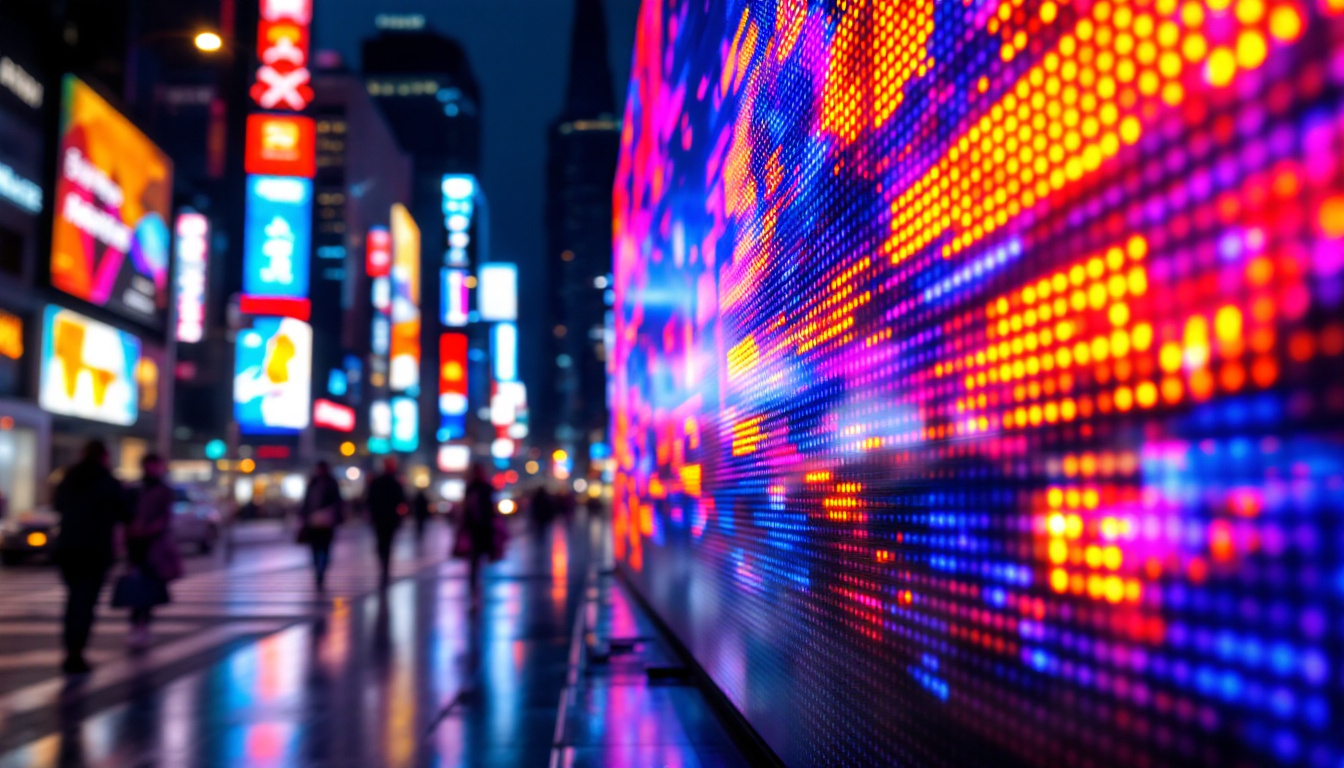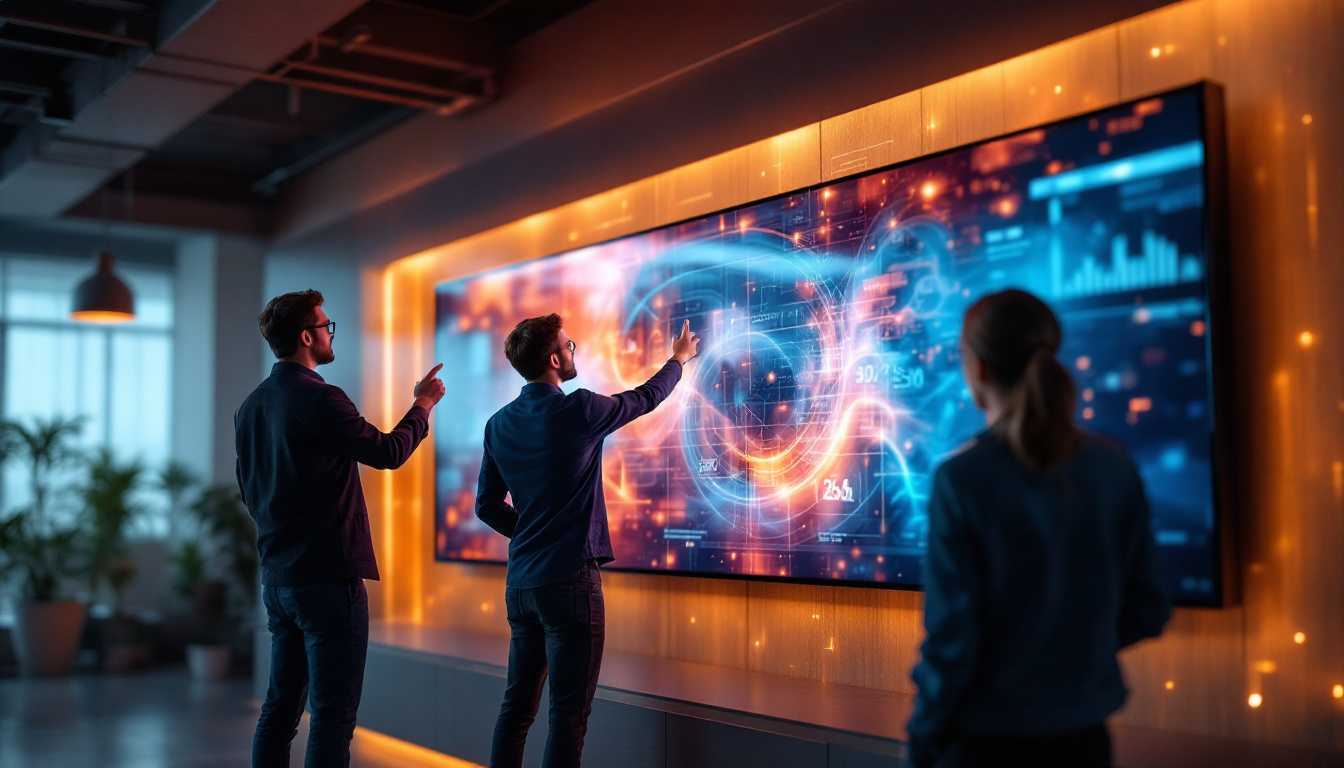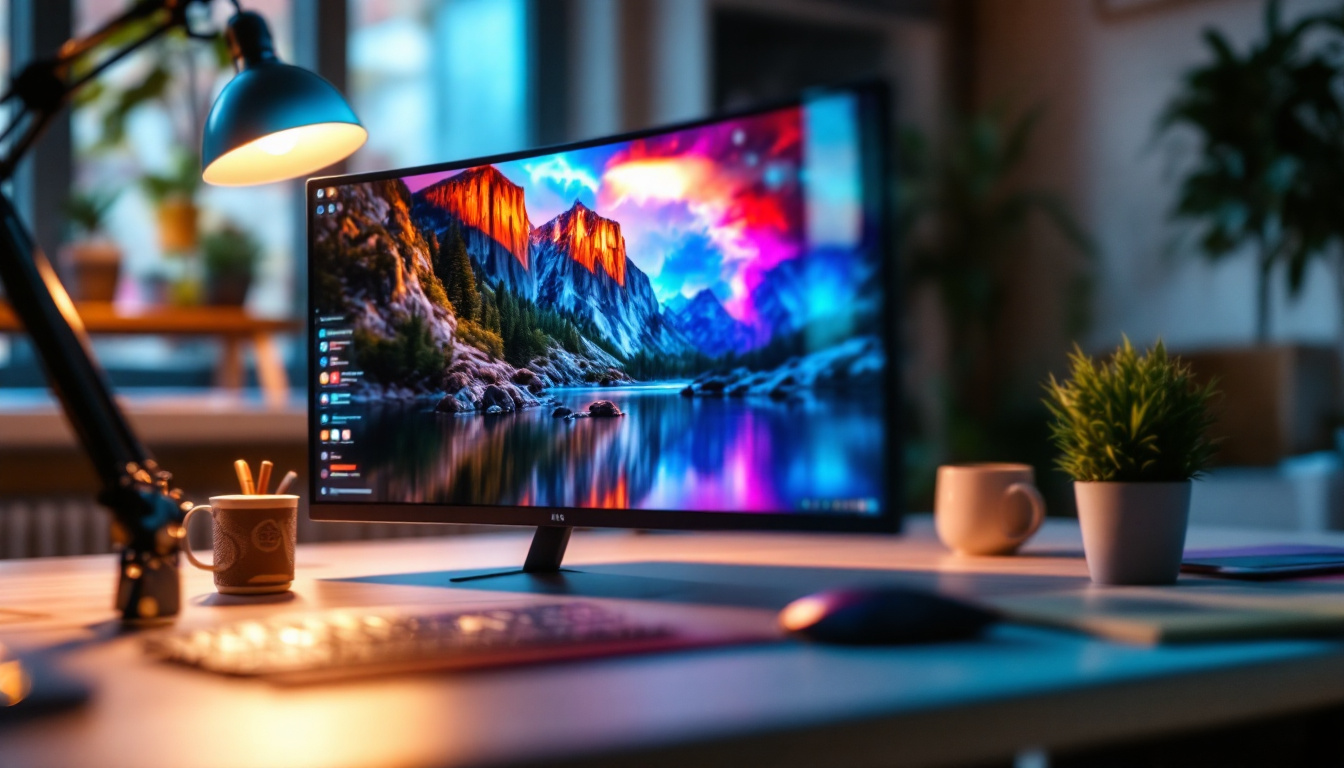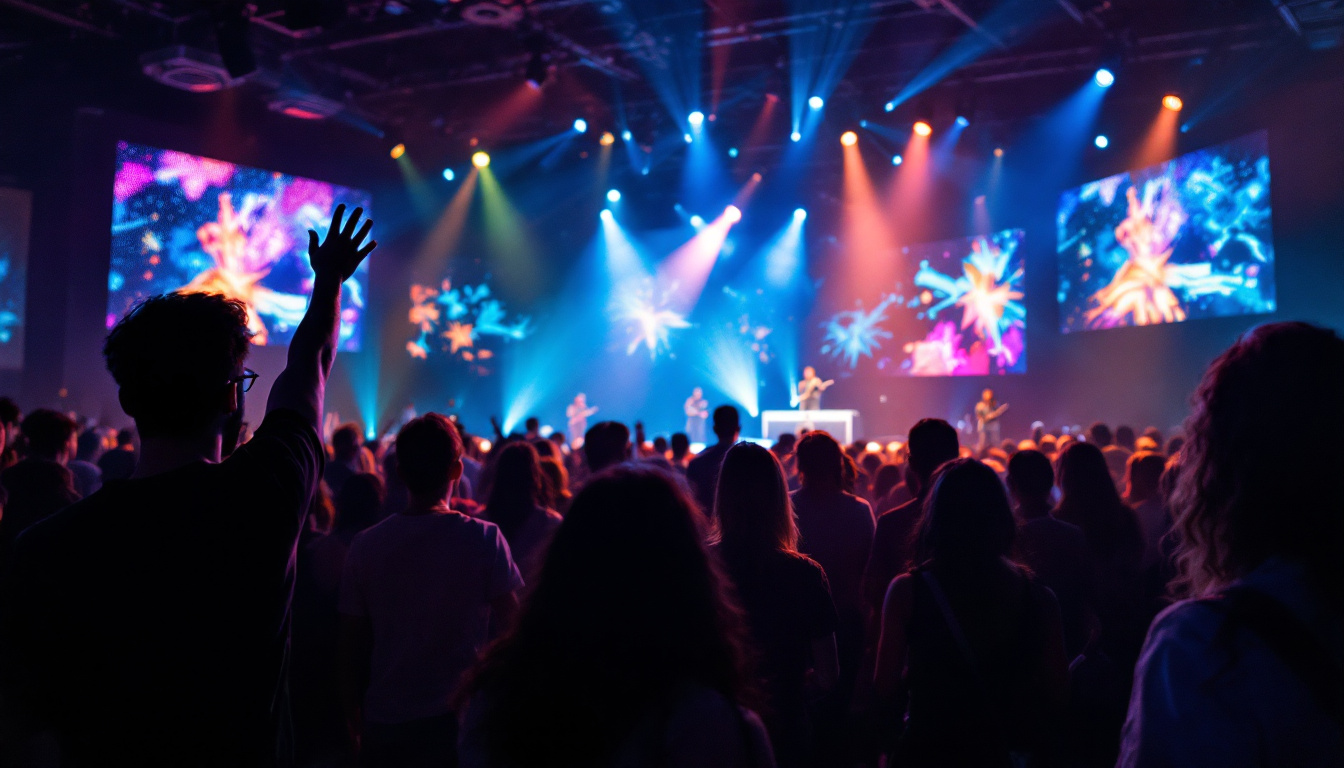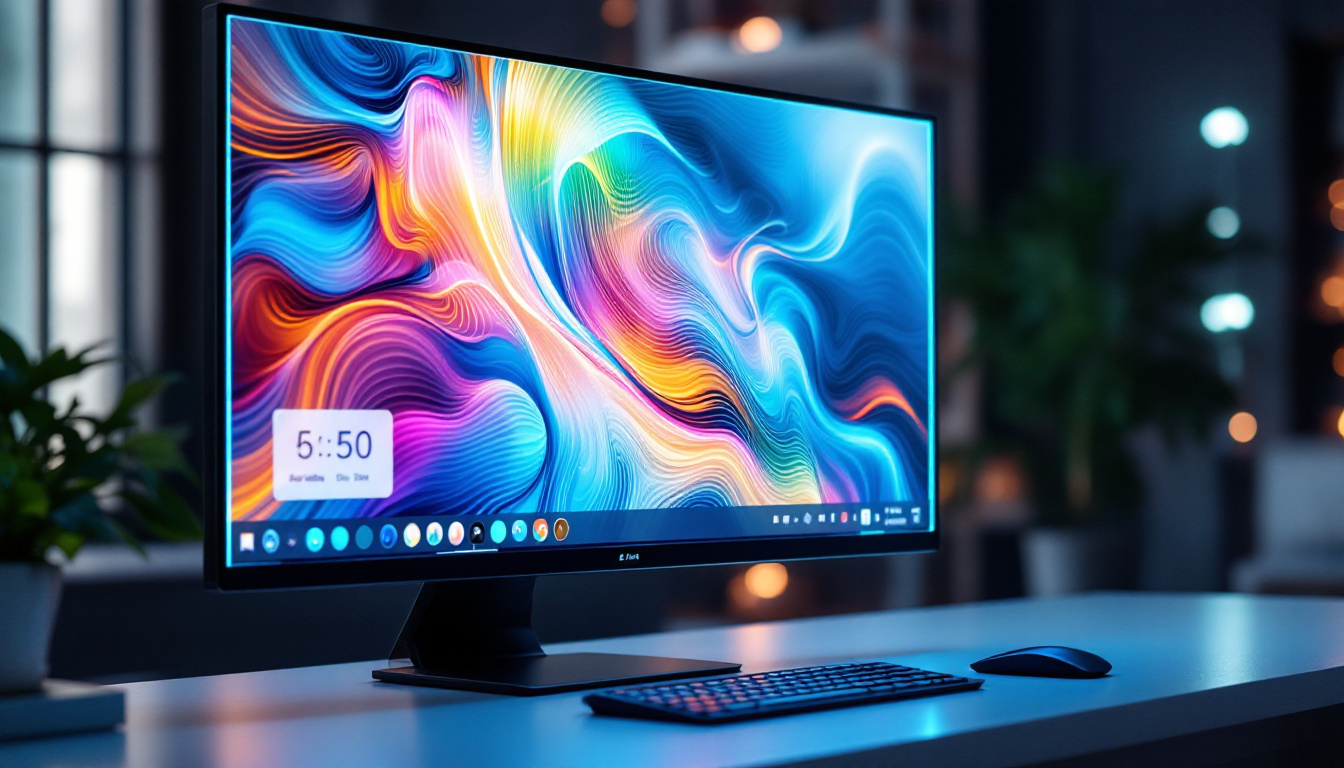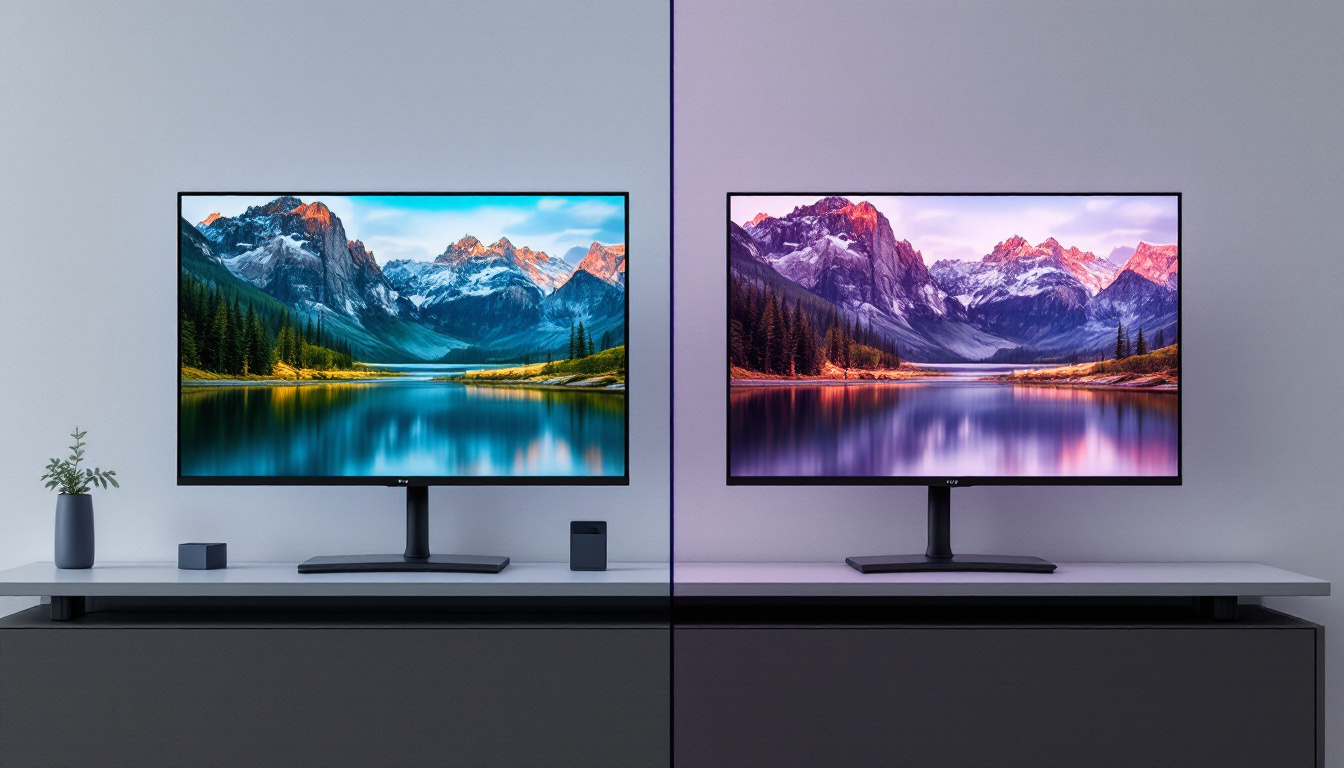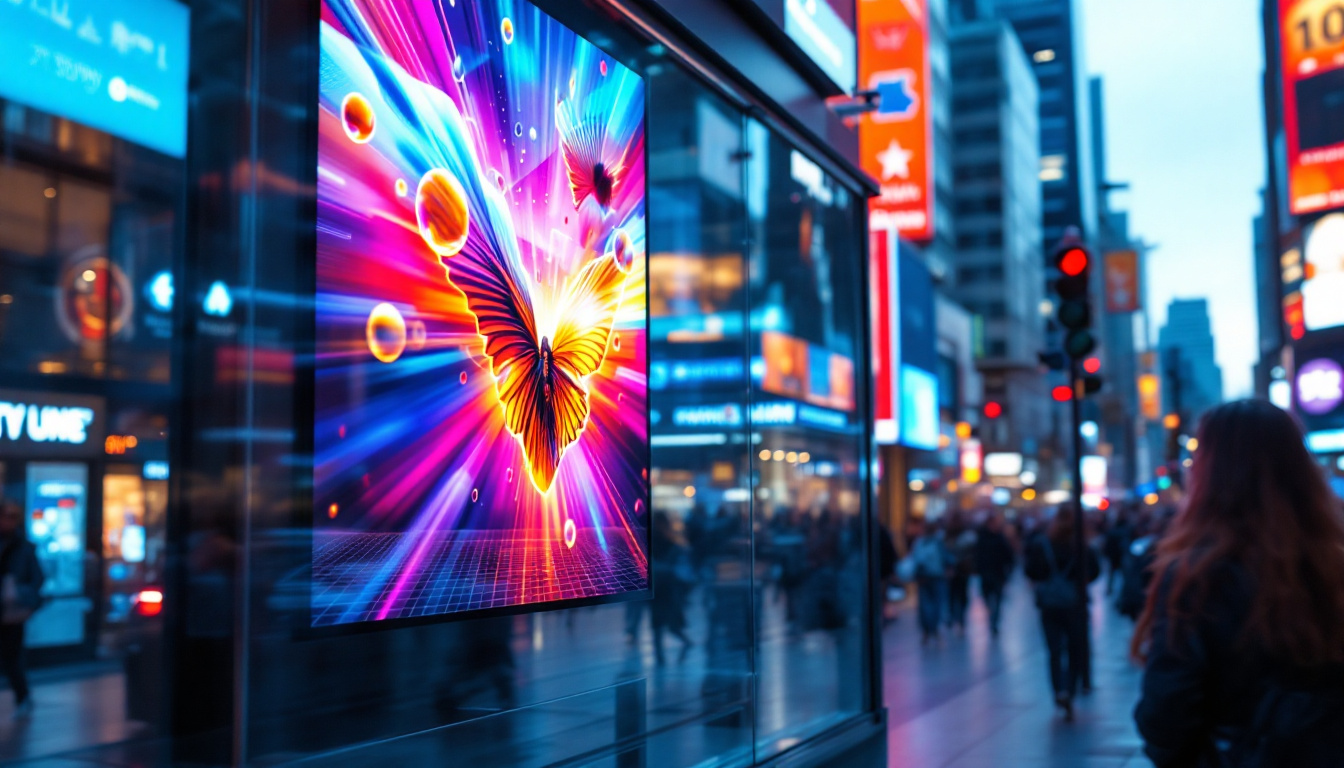In the rapidly evolving world of digital displays, see-through LED screens have carved out a unique niche. Combining transparency with vibrant visual performance, these innovative displays are transforming advertising, architecture, and event production. This article explores the technology behind see-through LED screens, their applications, benefits, and future potential.
Understanding See-Through LED Screens
What Is a See-Through LED Screen?
See-through LED screens, also known as transparent LED displays, are digital screens designed to allow light and visibility through their surface while simultaneously displaying bright, colorful images or videos. Unlike traditional LED panels, which are opaque and block the view behind them, these screens maintain a level of transparency, making them ideal for installations where preserving natural light or visibility is crucial.
Typically, these displays are composed of LED strips or modules arranged with gaps between them, allowing viewers to see through the screen. The degree of transparency varies depending on the pixel pitch and design, with some screens offering up to 70% transparency. This unique feature opens up a world of creative possibilities for architects and designers, enabling them to integrate technology seamlessly into their environments. From retail storefronts to museums, see-through LED screens can enhance the aesthetic appeal while providing dynamic content that engages viewers.
How Do See-Through LED Screens Work?
The core technology relies on spacing LEDs in a grid with transparent or semi-transparent materials in between. Each LED emits light to form images, while the gaps between LEDs allow light and visuals from behind the screen to pass through. This design enables the screen to function as both a digital display and a window. The ability to display advertisements or information without obstructing the view makes these screens particularly valuable in urban settings where space is limited.
Modern see-through LED displays use high-brightness SMD (Surface Mounted Device) LEDs, which provide vivid colors and excellent visibility even in bright ambient conditions. The transparency is achieved by carefully balancing the density of LEDs and the spacing between them, ensuring the display is bright enough to be seen clearly without obstructing the view. Furthermore, advancements in technology have led to the development of interactive features, allowing users to engage with the content displayed on the screen. This interactivity can transform a passive viewing experience into an immersive one, making it particularly appealing for marketing campaigns and public installations.
Key Features and Specifications
Transparency and Pixel Pitch
One of the most important specifications of see-through LED screens is the pixel pitch, which is the distance between the centers of two adjacent LEDs. Smaller pixel pitches provide higher resolution and image clarity but reduce transparency because more LEDs are packed closer together.
Conversely, larger pixel pitches increase transparency but lower image resolution. For example, a pixel pitch of 10mm might offer around 60-70% transparency, whereas a 4mm pitch might reduce transparency to 30-40%. Choosing the right balance depends on the intended use case. In retail environments, where product visibility is key, a higher transparency may be prioritized, allowing customers to see products behind the display while still conveying promotional messages effectively. Additionally, advancements in technology are leading to the development of hybrid pixel pitches that aim to optimize both resolution and transparency, creating a new standard for visual displays.
Brightness and Viewing Angles
Brightness is critical for outdoor and indoor applications where ambient light levels vary. See-through LED screens typically offer brightness levels ranging from 3,000 to 8,000 nits, ensuring visibility even in direct sunlight. High brightness is essential for advertising displays on glass facades or storefronts.
Viewing angles for these screens are generally wide, often exceeding 140 degrees horizontally and vertically. This ensures that content remains clear and vibrant from multiple perspectives, which is particularly important in public or retail spaces. The ability to maintain color accuracy and contrast at various angles enhances the overall viewing experience, making these displays ideal for interactive installations where customer engagement is crucial. Furthermore, some models incorporate advanced technologies like HDR (High Dynamic Range) to further enhance brightness and color depth, ensuring that visuals pop, even in challenging lighting conditions.
Durability and Installation
See-through LED displays are designed to be lightweight and durable, often constructed with aluminum frames and tempered glass or acrylic panels. Many models are weatherproof with IP65 or higher ratings, making them suitable for outdoor use.
Installation can be flexible: these screens can be mounted on existing glass surfaces, integrated into curtain walls, or suspended as freestanding panels. Their slim profiles and modular design facilitate easy maintenance and scalability. Additionally, the integration of smart technology allows for remote monitoring and management of the displays, enabling operators to update content in real-time and troubleshoot issues without the need for on-site visits. This capability not only enhances operational efficiency but also ensures that the displays can adapt quickly to changing marketing strategies or environmental conditions, making them a versatile choice for modern businesses.
Applications of See-Through LED Screens
Retail and Advertising
Retailers and advertisers have embraced see-through LED screens for their ability to attract attention without blocking natural light or the view into the store. These displays are commonly installed on storefront windows, allowing brands to showcase dynamic content while maintaining an inviting, open atmosphere.
For example, flagship stores in major cities like New York and London use transparent LED displays to create immersive brand experiences. According to industry reports, digital window displays can increase foot traffic by up to 30%, highlighting their effectiveness.
Architectural Integration
Architects and designers incorporate see-through LED screens into building facades and atriums to blend technology with aesthetics. These displays can turn glass walls into dynamic canvases, presenting art, information, or environmental data without compromising the building’s transparency or natural lighting.
Notable projects include skyscrapers with LED curtain walls that change appearance throughout the day, enhancing urban landscapes and providing interactive experiences. The ability to customize transparency and brightness makes these screens versatile for various architectural styles.
Events and Entertainment
In the events industry, see-through LED screens are used for stage backdrops, trade show booths, and exhibition displays. Their transparency allows for creative layering effects, where performers or products remain visible behind digital content, adding depth and visual interest.
Concerts and live shows often use these screens to create immersive environments without blocking sightlines. The lightweight design also simplifies transport and setup, making them popular for touring productions.
Benefits of See-Through LED Displays
Enhanced Visual Impact Without Obstruction
The primary advantage of see-through LED screens is their ability to deliver vibrant digital content without obstructing views or natural light. This unique feature allows businesses to maintain open, bright spaces while leveraging the power of digital signage.
Energy Efficiency and Sustainability
Many see-through LED displays are designed with energy-efficient LEDs and low power consumption in mind. Additionally, by integrating digital content into existing glass surfaces, companies can reduce the need for additional signage materials, contributing to sustainability efforts.
Flexibility and Customization
These displays offer customization in size, shape, transparency level, and brightness, enabling tailored solutions for diverse environments. Their modular nature allows for easy expansion or reconfiguration, adapting to changing needs.
Challenges and Considerations
Cost and Investment
See-through LED screens tend to be more expensive than traditional LED displays due to their specialized design and materials. Initial investment costs can be high, especially for large-scale installations, which may require careful budgeting and ROI analysis.
Content Design and Optimization
Designing content for transparent displays requires a different approach compared to opaque screens. Because viewers can see through the screen, content must be bold, high-contrast, and strategically placed to maximize impact. Specialized software and creative expertise are often necessary to develop effective visuals.
Maintenance and Longevity
While these screens are durable, their exposed nature and installation on glass surfaces can pose maintenance challenges. Regular cleaning and inspection are essential to maintain clarity and performance. Additionally, environmental factors like weather and pollution can affect longevity.
The Future of See-Through LED Technology
Advancements in Micro-LED and OLED Technologies
Emerging display technologies such as Micro-LED and transparent OLED panels promise to enhance the capabilities of see-through screens further. Micro-LEDs offer higher brightness, better energy efficiency, and finer pixel pitches, potentially increasing resolution without sacrificing transparency.
Transparent OLEDs provide true transparency with excellent color accuracy and contrast, though currently at higher costs and limited sizes. As these technologies mature, they may complement or even replace current see-through LED solutions in certain applications.
Integration with Smart Building Systems
Future see-through LED screens are expected to integrate more seamlessly with smart building technologies, enabling dynamic content that responds to environmental conditions, occupancy, or user interactions. This could include adjusting brightness based on sunlight or displaying contextual information tailored to passersby.
Expanding Use Cases
As costs decrease and technology improves, see-through LED displays are likely to find new applications beyond retail and architecture. Potential areas include automotive glass displays, augmented reality windows, and interactive public information systems. The blend of transparency and digital content opens exciting possibilities for innovation.
Conclusion
See-through LED screens represent a fascinating convergence of transparency and digital display technology, offering unique advantages for advertising, architecture, and entertainment. Their ability to deliver vivid content without compromising visibility or natural light makes them an attractive choice for modern spaces.
While challenges such as cost and content design remain, ongoing technological advancements and growing adoption suggest a bright future for transparent LED displays. Understanding their features, applications, and potential will help businesses and designers leverage this technology effectively to create engaging, dynamic environments.
Illuminate Your Space with LumenMatrix
Ready to transform your environment with the cutting-edge technology of see-through LED screens? LumenMatrix is at the forefront of LED display innovation, offering a wide range of solutions that cater to your unique needs. From enhancing brand visibility with our Indoor and Outdoor LED Wall Displays to creating immersive experiences with our LED Transparent Displays, we have everything you need to captivate your audience. Embrace the future of visual communication and check out LumenMatrix LED Display Solutions today to share your message with unparalleled impact and clarity.

